Two habits for keeping children’s teeth healthy
There are two crucial healthy habits to keeping children’s teeth healthy.
- Nutrition
- Good oral hygiene routines
Tips for Nutrition
- Choose healthy snack options between meals. Children love snacks between mealtimes, as they are growing and may feel hungry or thirsty. Choose snacks that don’t “stick” to the teeth. Try nutritious snacks like cheese, nuts, crunchy apples, or carrots. Limit snacks like crackers and chips that are comprised of carbohydrates, which have sugars that are a food source for cavity causing bacteria. Only allow water between mealtimes. The sugars from juices will sit on the teeth and promote an environment for cavities to form.
- Reduce frequency of sugar intake. Continually snacking on sugary treats throughout the day allows the bacteria in your mouth a frequent food source, and acid is then repeatedly produced. A frequent sugar intake, whether it’s food or drink, causes numerous acid attacks, and makes it easier for cavities to develop. The teeth need to rest between food or drink intakes.
- No milk at bedtime. Do not let babies or toddlers go to bed with a bottle of milk or juice once teeth have erupted. Water is by far the best beverage when you are thirsty.
- Practice healthy habits. Healthy habits are formed the same way as unhealthy ones—though practice. Your children will do what you do and together you can create long-lasting healthy habits.
Tips for Good Oral Hygiene Routines
- Brush twice a day. Brush in the morning and night before bedtime.
- Use a timer. Brush for a full two minutes, twice a day. Try setting a timer. Children are often fast brushers, so make sure they slow down and focus as much as possible. Using a timer can ensure the proper amount of time is being achieved.
- Apply a small amount of fluoridated toothpaste. As soon as the teeth come in use a fluoride toothpaste in an amount no more than a smear or the size of a grain of rice. Around approximately 3 years old or when the child can effectively spit the toothpaste out of their mouth, use a pea-sized amount of fluoride toothpaste. Another example of the amount of toothpaste to use is the size of the child’s little fingernail. Remind your child to not swallow the toothpaste.

Image retrieved from https://www.mouthhealthy.org/en/babies-and-kids/healthy-habits
- Brush all tooth surfaces. Brush the inside, the outside, and biting surfaces of the teeth.
- Brush toward the gumline. Place the bristles along the teeth and gumline at a 45-degree angle. Brush in a small back and forth motion or small circles towards the gumline with light pressure. It is important to clean the gum line area because this is where bacteria easily build up.
- An adult should assist the child with oral hygiene. Most children need help brushing until the age of 10. Both the child and their caregiver should brush the child’s teeth while the child is still developing his or her fine motor skills or ability to reach all surfaces of the teeth effectively with the toothbrush. The child can start brushing and then the caregiver can help them brush the hard to reach spots, like the back teeth. Children often cannot see the consequences of careless brushing.
-
Brush your child’s teeth. You can brush in the bathroom, but there are other options. It is often convenient to brush with your child lying down, head nearest to you, for example on the changing table or in bed. As the child gets older, they can sit your lap, leaning their head on your arm. This gives you control over the child’s head and mouth, while he or she can still move freely and play with a toy for distraction. Closeness and eye contact make the child feel secure.

- Create a positive atmosphere around brushing. Play a song or story during this time.
- Replace the toothbrush every 3 months. If your child is sick or you start to notice the bristles flaring out on the toothbrush you need to replace more frequently. Often children bite down on the toothbrush when trying to brush themselves, making the bristles wear faster and requiring more frequent replacement. Many caregivers find it beneficial to give the child a separate toothbrush for practicing.
- Visit your dentist regularly. Your dental professional will evaluate the health of your child’s teeth, give advice on healthy oral habits, review recommendations related to teething, pacifier use, finger or thumb sucking, review fluoride recommendations, and let you know of any risk factors.


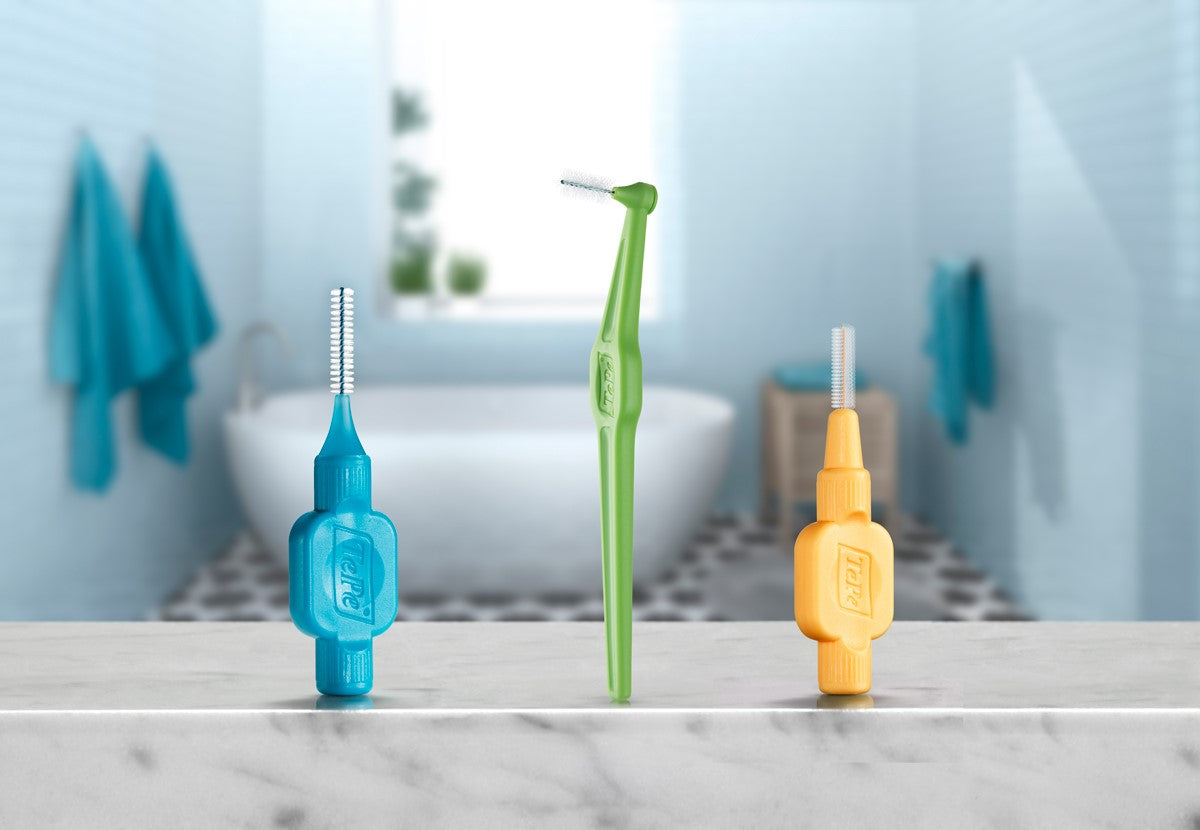
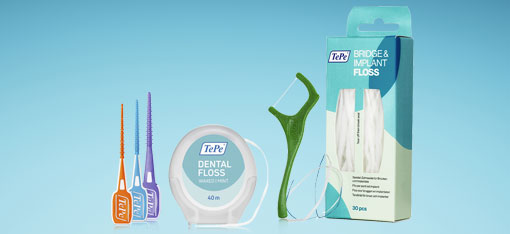
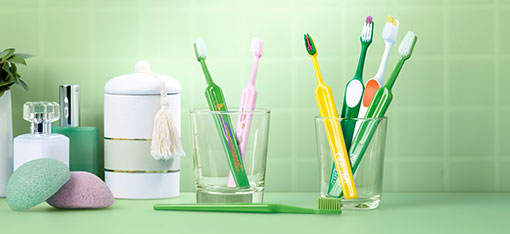
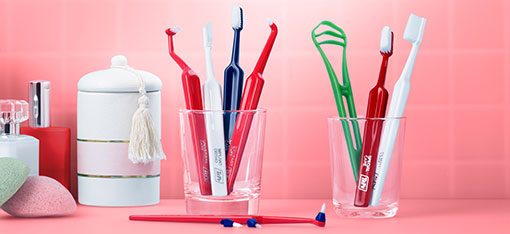
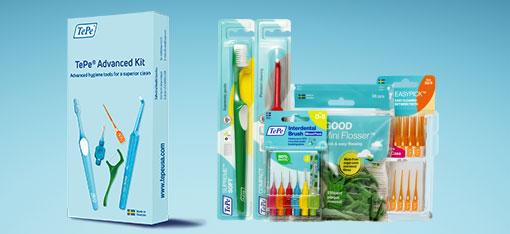

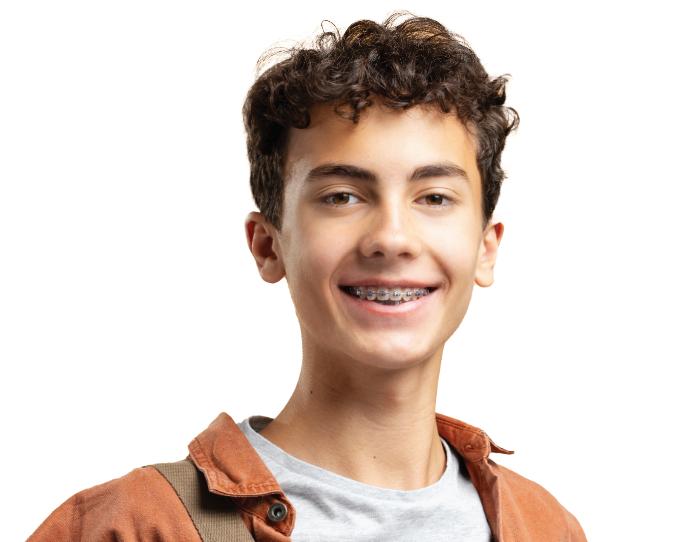


Leave a comment